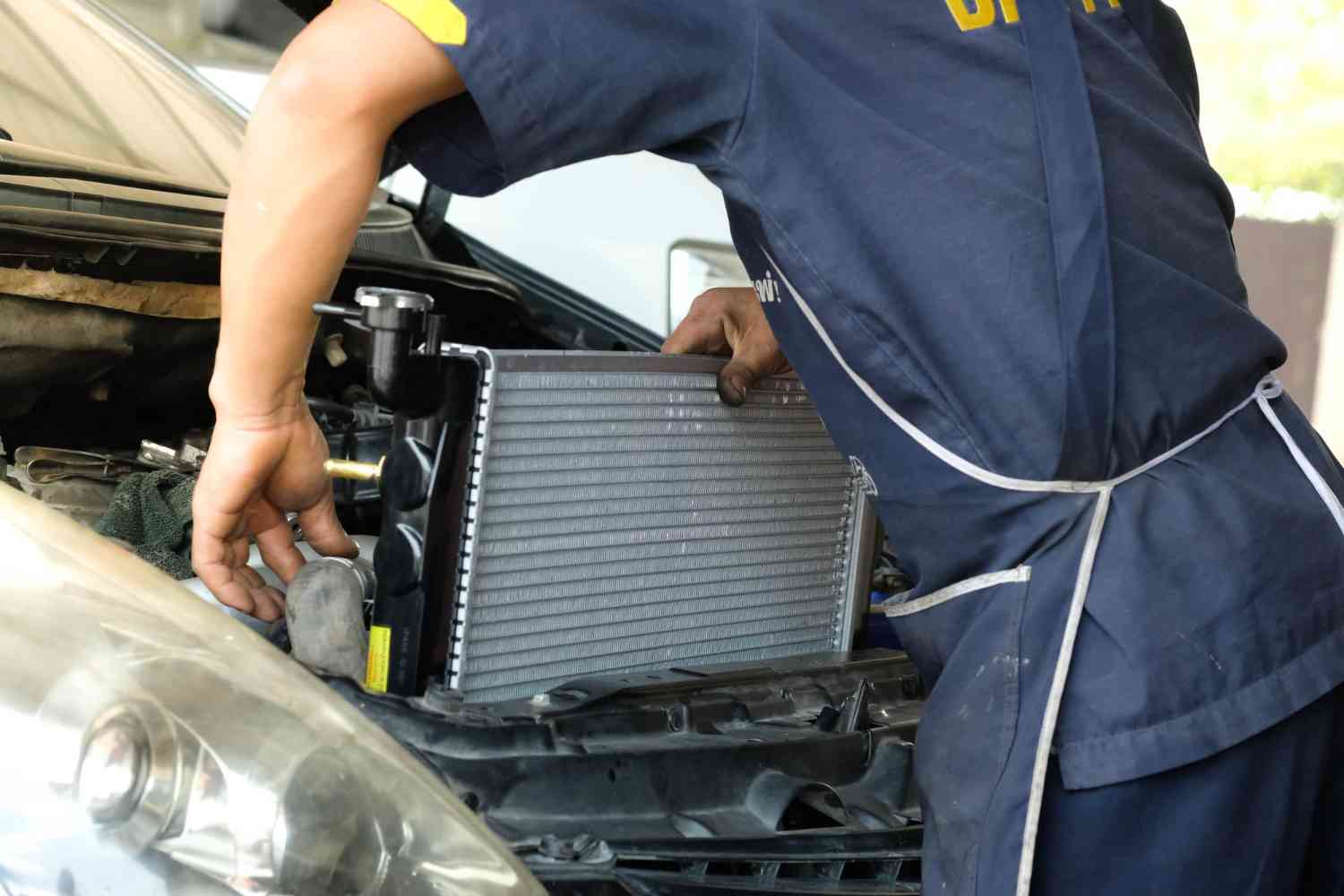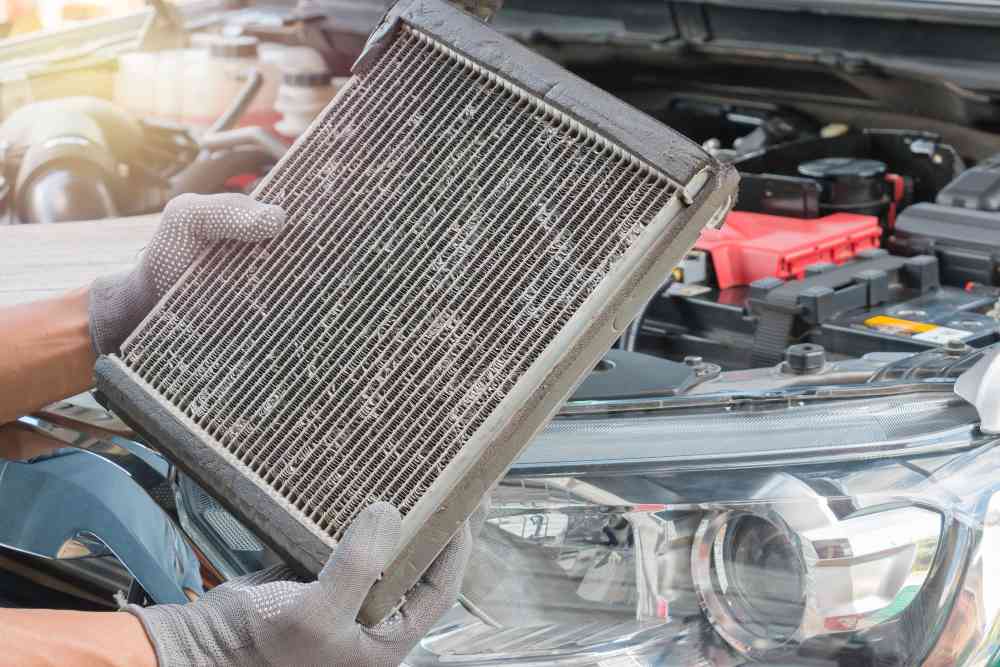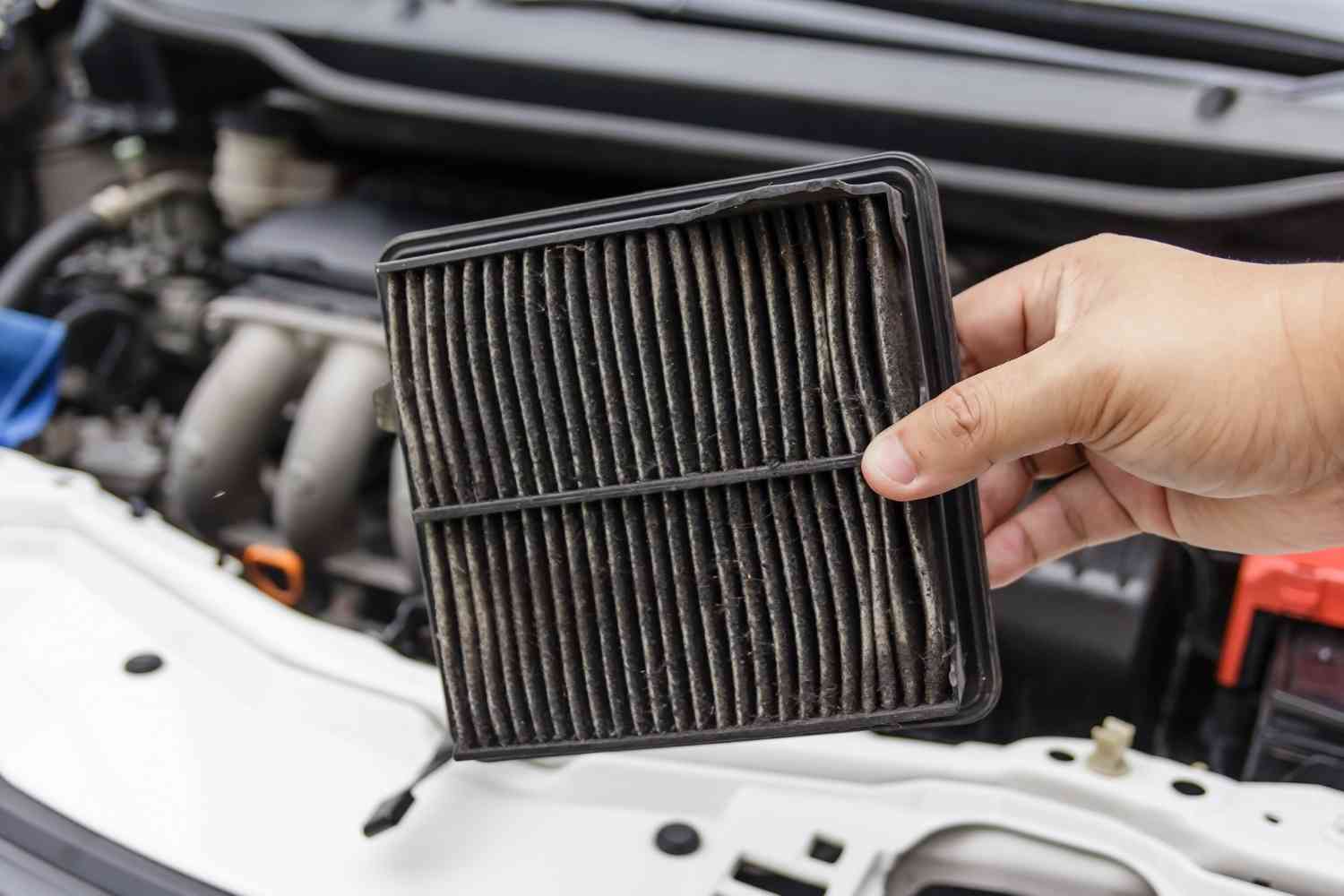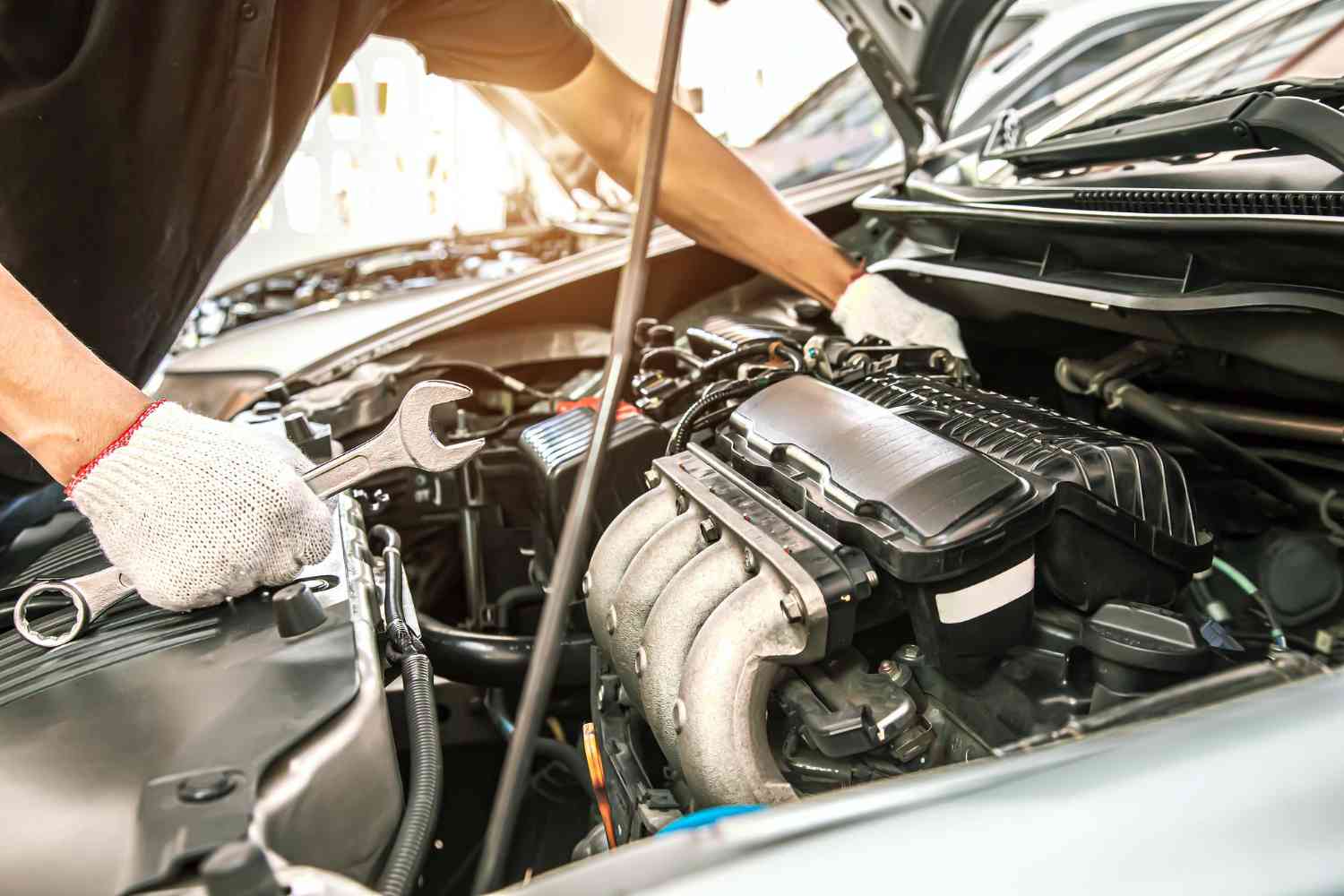An Ultimate Guide on Clogged Radiators | Causes & Signs
- March 22, 2024
- Blog

A blocked radiator overheats your car, which can cause many problems if left untreated. Its cooling capabilities drastically decrease, impacting the other components of the cooling system. This ultimately results in reduced performance and reliability of the car’s engine.
This guide includes the importance of a car radiator and the causes and signs which indicate that the radiator is clogged. It also includes the method to clean a clogged radiator and how to ensure the maintenance of your car’s radiator.
The Importance of a Car Radiator
Excessive heat is produced when your car’s engine runs, and this heat can deteriorate the efficient performance of the engine and other crucial components present under the vehicle’s hood. A radiator contains engine coolant that helps keep the engine cool. The engine’s heat is absorbed by the coolant and transferred to the radiator for cooling the hot coolant by evaporation.
When the temperature of the coolant becomes low, it is sent back to the engine, and the whole cycle repeats. In this way, the radiator acts as a heat exchanger and is crucial for the efficient performance of the car’s engine.
What Are the Causes of a Clogged Radiator?
A car’s radiator can become clogged due to any of the following reasons:
- Accumulated dust, dirt, and debris on the radiator fins restrict the airflow and gradual build-up results in compromised functioning of the cooling system.
- Metal corrosion over time leads to rust formation over several radiator components, which clogs the radiator and impacts the flow of coolant.
- Hard water or mineral deposits within the radiator form a layer of scale inside it, which hinders the coolant flow.
- Coolant contamination can occur due to the use of the wrong type of coolant or not replacing the coolant regularly, which results in the formation of sludge or deposits in the radiator.
- The breakdown of coolant additives also results in particles settling down in the radiator over time, which clogs the radiator.

What Are the Signs & Symptoms of a Clogged Radiator?
Some of the following signs and symptoms indicate that your radiator is clogged:
Damaged Head Gasket
A blown or leaking head gasket and cracked cylinder head indicate that the engine is being overheated due to a clogged radiator. This problem results in the emission of excessive white smoke from the exhaust, extra consumption of coolant, rapid overheating of the engine, and rough functioning of the engine.
Engine Overheating
A clogged radiator overheats your car’s engine. When the radiator tubes become blocked, the water pump cannot properly circulate coolant inside the engine block and back to the radiator. Moreover, heat does not find a way to escape out of the hot radiator fluid due to clogged tubes, resulting in engine overheating.
Leakages
The coolant starts to leak from the radiator when the cooling fins of the radiator become corroded because of the presence of contaminated radiator fluid or due to pressure build-up. These leakages can be easily identified due to the production of steam when the engine becomes hot, or you can also feel a sweet, musty odour due to leaking radiator fluid. This issue can permanently damage the radiator if not resolved timely.
Low Levels of Coolant
If you need to add coolant to your car’s radiator more often, the radiator may be clogged, causing improper coolant circulation through the system.
Malfunctioning Water Pump
When the radiator coolant gets old and contaminated, its anti-corrosive and lubrication characteristics diminish. This ineffective radiator coolant then damages the engine’s water pump, compromising the coolant’s circulation.
Poor Internal Heating
When radiator tubes are blocked, the hot engine coolant cannot pass through the heater core, resulting in insufficient heating inside the car.
Rising Temperature Gauge
The elevating temperature gauge on your car’s dashboard is one of the initial signs that your radiator is clogged. The needle moving towards the red zone indicates that you need to investigate the radiator.
Smoke
When the engine becomes overheated, smoke may be visible under the hood, indicating a clogged radiator. In such a case, you should turn off the car’s engine immediately to avoid major damage and costly repairs.

How To Clean a Clogged Radiator?
The following steps are involved in the process of cleaning a clogged radiator:
- Park your car on a levelled platform and allow the engine to get cooled down.
- Place a bucket under the radiator drain petcock, and drain the radiator completely.
- Remove the radiator fill cap and pour the heavy-duty radiator flush into the radiator.
- Fill the remaining empty part of the radiator with fresh water.
- Place the cap back on the radiator.
- Start your vehicle and keep it running for almost 15 minutes, allowing the radiator flush to move through the entire cooling system.
- Switch off the car’s engine and allow it to cool.
- Remove the radiator fill cap to open the drain petcock.
- Drain the radiator fluid into the bucket placed under the drain petcock.
- Put a water hose inside the radiator fill cap and pass water from the car’s cooling system.
- Stop passing water when clear water starts coming out of the drain petcock.
- Wait for some time so that all the water gets drained completely.
- Fill the cooling system with a coolant and water.
- Ensure that the radiator is full and the overflow tank is half-full.
- Replace the radiator cap.
- Start the car’s engine and check if there are any leaks without driving the car.
- Remove the hot radiator cap once the engine gets cooled down for topping off the level of coolant inside the system.
- Re-fill the system until it is full and replace the cap over it.
How to Ensure the Radiator’s Maintenance?
You can undertake some preventive measures to avoid the clogging of the radiator and ensure its proper maintenance:
- You should add coolant flush into your car’s radiator according to the vehicle manufacturer’s guidelines for avoiding the accumulation of contaminants and debris.
- You should mix distilled water with the coolant to minimise the risk of mineral deposition in the radiator.
- You should inspect your radiator visually to notice any obvious signs of corrosion or debris accumulation.
- You should gently clean the fins of your radiator regularly.
- You should always add high-quality coolant to the radiator, as per the recommendations of the vehicle manufacturer, to prevent corrosion and clogging.
- You should use a grille cover over your radiator to reduce the amount of debris during the winter season.

Concluding Remarks
A clogged radiator overheats your car’s engine and reduces its performance, which can damage other engine components. Therefore, it is important to have a detailed understanding of signs that indicate a malfunctioning radiator and the possible causes behind them. In this way, you can undertake necessary repairs or replacements in a timely manner to avoid further damage.

